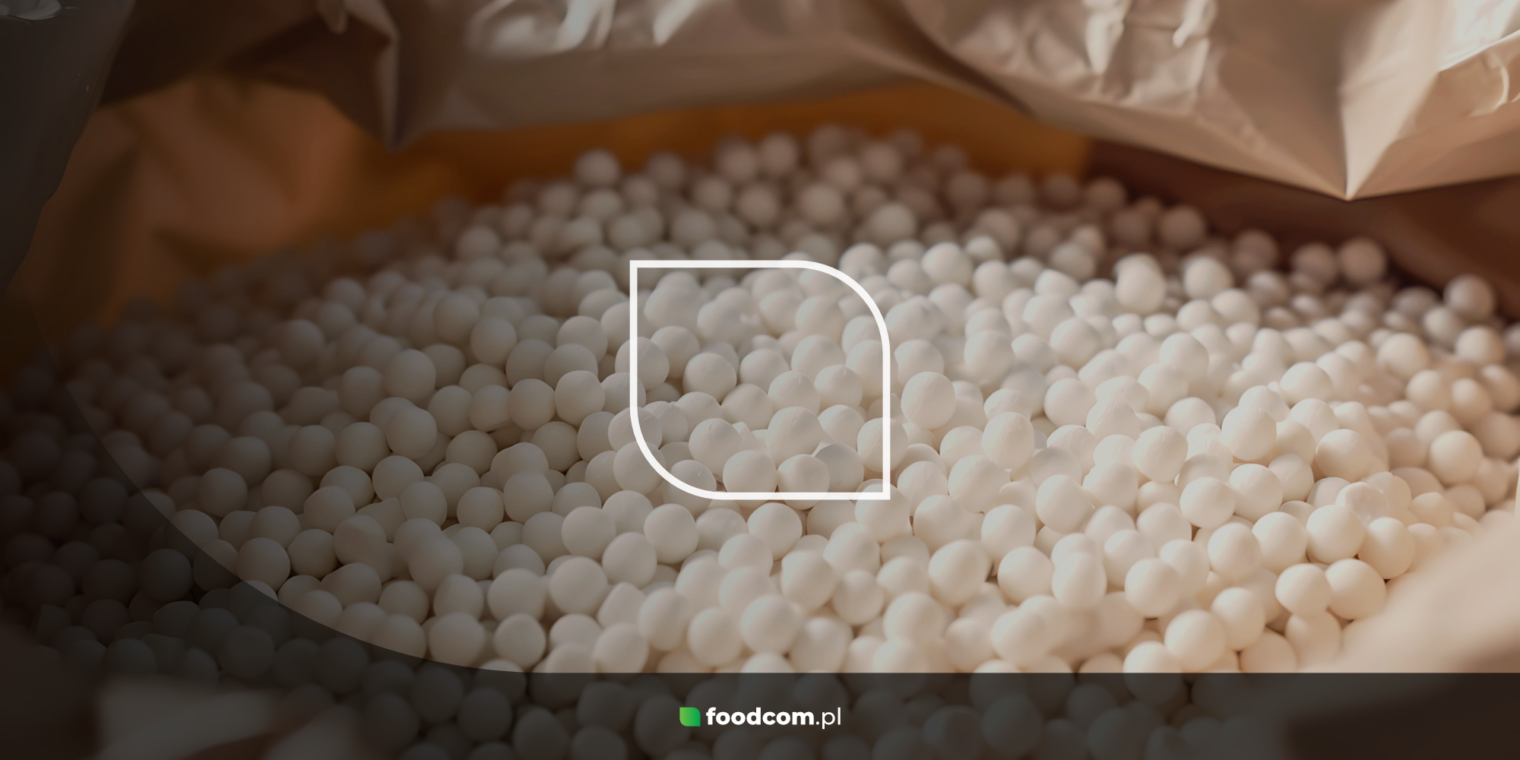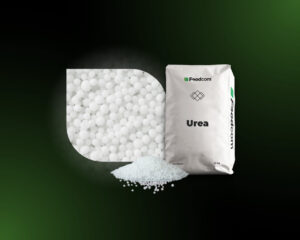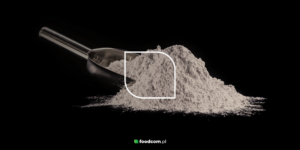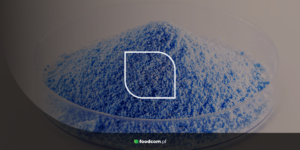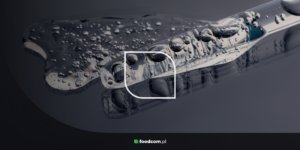- Urea, also called carbamide, is a carbonic acid diamide.
- It is characterized by the appearance – of small white granules – and excellent hygroscopicity.
- Urea is used in the fertilizer and cosmetics industries, among others.
- Urea fertilizers are quite versatile – both in terms of uses and plant species.
What is Urea?
Urea is an organic chemical compound, more specifically, carbonic acid diamide. It is also called carbamide. Urea has two amino groups in its structure linked by a carbonyl functional group. It occurs naturally in the body as an end product of the metabolism of proteins and other nitrogenous compounds and is excreted in urine and in small amounts in sweat. Urea is also obtained synthetically, by a direct reaction of carbon dioxide with ammonia.
Urea is best known for its importance in medicine, and is also commonly used as a fertilizer. This compound has many other applications. So if you want to know more about it, be sure to read on!
Urea properties
Urea is in the form of a white and odorless granule. It does not dissolve in fats and is highly hygroscopic. It is usually found in concentrations of 45%, 40% and 30%.
Urea is not only hygroscopic, but also has a strong antiseptic, exfoliating and regenerating effect, which is why it is widely used in cosmetics. The cosmetics industry also uses the keratolytic properties of Urea – it splits keratin chains and thus reduces the thickness of the horny layer.
The shelf life of Urea is 12 months and Foodcom supplies its Business Partners with Urea in 25 kg bags or in Big Bags.
Urea uses
Urea is known to be of great importance in medicine. The determination of serum urea is useful in the diagnosis of renal functions and metabolic diseases. Urea also has many other applications, such as:
- in fertilizers,
- in cosmetics,
- in the chemical industry,
- in food,
- in feed.
Urea is most commonly used as a fertilizer. It is very versatile, as it can be used in the cultivation of crops, vegetables, flowers, trees, fruit bushes or lawns. However, it should be noted that it is less effective on very acidic, highly alkaline or freshly calcified soils.
Another common use of Urea is in the production of cosmetics. One of the most important properties of Urea is its moisturizing effect – it is a humectant and has hygroscopic properties. In addition, Urea strengthens the skin barrier. That is why it is found in the ingredients of many creams or ointments. Its exfoliating properties are often used in the manufacture of foot creams. Urea is also a substance with a soothing effect. It ensures that inflammation is dampened and heals more quickly, which is why it is added to cosmetics for acne-prone skin.
Urea is also used in the chemical industry – for the production of urea-formaldehyde resins, adhesives and explosives. In laboratories it is a powerful protein denaturant and increases the solubility of proteins.
What may seem surprising is that urea is also a food additive with the symbol E927b. It is used as a binder in chewing gum and baked goods. It is a browning agent in factory-made pretzels as well. In addition, Urea is found in animal feed – it is a relatively cheap source of nitrogen and helps improve the absorption and digestion of feed. It is a nutritional additive for feed. If you want to know more about nutritional additives, read our comprehensive article!
Urea as a fertilizer
Most of the industrial production of Urea is used as a nitrogen-releasing fertilizer. Fertilizers with this compound have the following advantages:
- Urea has the highest nitrogen content (about 46 percent) among other fertilizers.
- The production cost is low because the source is natural.
- Topical application promotes the development of the root system of plants.
- They increase the general resistance of the plants.
- They facilitate the absorption of elements such as phosphorus and potassium from the soil.
- They have a wide application range, for almost all types of crops and soils.
- Unlike other nitrogen fertilizers, they do not burn the leaves.
Do you want to know more about substances used in fertilizers? Check out our other raw materials from the Additives category!
Urea fertilizer application
As mentioned earlier, Urea fertilizers are quite versatile. For example, Urea is applied to the leaves with a sprayer. But this is not the only way to use it. It is also a soil fertilizer, can be mixed with other fertilizers or added to pesticides. Urea is used in a variety of soils, but is best used in those with sufficient moisture content to allow the ammonia gas to dissipate quickly. Urea fertilizer is used on vegetables, shrubs and fruit trees, bushes and ornamental shrubs, lawns, and flowers, including bulbs. Urea can be used from spring to autumn.
Why Foodcom?
Our great team of Sales Support will help our Traders conduct the contract and business deals in a smooth and efficient way to ensure the best quality service to all our Business Partners. Our logistics team will take care of transportation and the financial department will be responsible for all matters connected with the financial part of the deal. Do not hesitate! Contact us.
